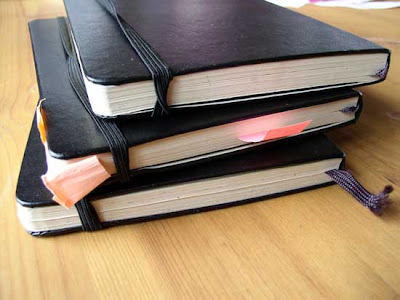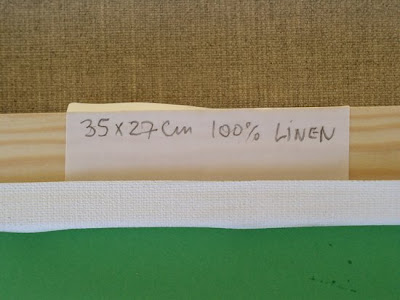This article was first published in "Frequency Magazine" – February 2010.
In England, it’s cold outside and we are better off staying in the warmth of our homes. This does not mean we cannot paint from nature: why not draw or paint a still life?
Still life has a long tradition in painting in all media. Flemish painters captured the beauty of flowers from different seasons in single paintings for their patrons and added insects and butterflies to their compositions. The Impressionists and Cezanne created numerous still life paintings. Cezanne was so slow that he decided to replace real flowers by artificial ones and then was upset because the paper petals would fade over time… Today, the “one painting a day” movement offers excellent examples of good still life based on very simple subjects taken from our daily life: marbles, toys or decorated cupcakes; everything can make a still life with some imagination.
The first task it to pick a subject. We all have objects we like and still life goes beyond flowers and fruits (although fruits like apples are interesting to paint with many variations of colours, their roundness and their shiny reflective surface). Pick unusual or intriguing objects you have collected. Car boot sales or antique shops are great place to find interesting objects for your prop department. You don’t have to be stuck in the past: a mobile phone or your music player could become part of the composition.

Café et croissant - Oil on panel (6"x8") by Benoit Philippe (SOLD)
Composing your scene is great fun and an important first step in a successful still life, so take your time. I like to use fabric as backdrop and vary the light. Don’t hesitate to try different arrangements until you are fully satisfied and, when you think you are, take a ten minutes break and come back to your subject with a fresh eye. I bet you will make some minor adjustments. Another way of modifying your composition is to move around it. Move your easel a step on the right or on the left and you have before you a new composition. Vary your point of views: from above, from below; eye level or aerial view. Record your ideas by drawing some quick thumbnail studies in you sketchbook. This way, you can recreate any arrangement you have tried and then changed.
Use all three dimensions. Imagine you are a choreographer and you need to make the stage come to life. Think verticals as well as horizontals. Imagine a forest with slander trees high in the sky, smaller ones underneath, bushes and then a carpet of daffodils. You find interest everywhere. How can you recreate layers of interest in your still life composition? Overlap objects in order to reinforce the cohesion of the painting (cohesion versus collection). This way, you also create interest at the rim of each object with a sense of direction, flow and movement from one object to the next.

A bowl of lemons - Watercolour by Benoit Philippe
Painting a still life brings the opportunity to
work with many different textures: the transparencies and reflexion of glass, the gloss of china, the reflexions on silverware, the softness of fabrics, the veins in wood and marble.
The richness of still life is to be able to use and reuse your props and create very varied paintings. It is also a controlled environment compared to painting outside. You can control the props, the composition and the light to a great extent. You can also take your time, work at your own pace and leave your composition in place until you have finished your painting.
Still life Painting subject Painting technique














